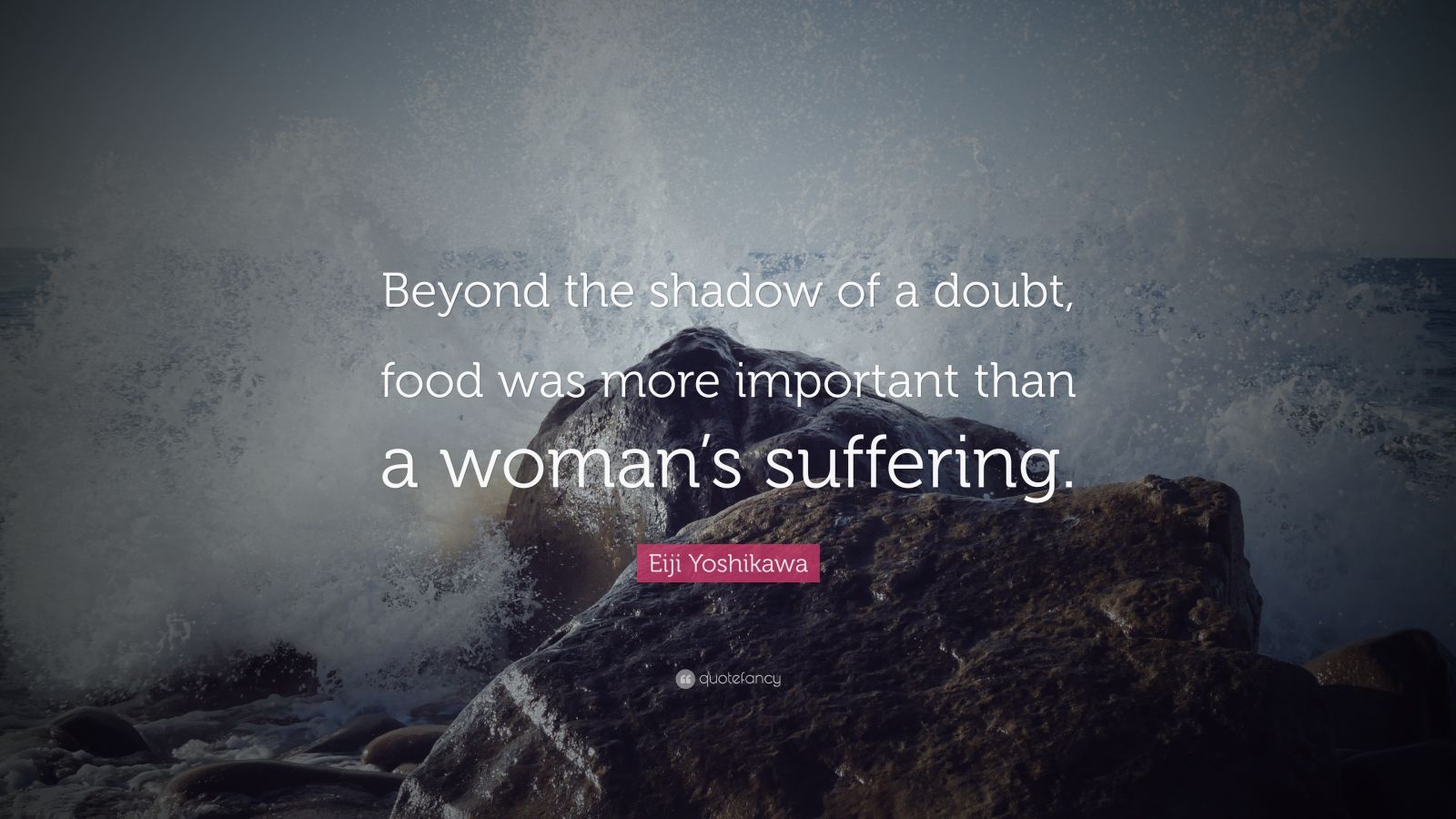

On a domestic scale these disputes come up a great deal – with the neighbour's new shed/extension/Leylandii, but they apply equally to large public and private projects.
BEYOND THE SHADOWS OF DOUBT CODE
The history goes back even further, to 6th-century Rome, where the Justinian code established that every individual had "sun rights". At one stage, signs reading "Ancient Lights" were fixed below windows in vulnerable areas of London, such as back alleys of Chinatown or Clerkenwell, to deter potentially light-blocking developments close by (is that what they mean by daylight robbery?). In Britain, the rather romantically named "Ancient Lights" ruling – from 1832 - stipulates that a window that has had access to sunlight for 20 years is entitled to go on receiving it – or at least some of it. In fact, "right to light" regulations are some of the oldest (and most confusing) planning regulations in the book. Paris, London and other cities have learned to love, or at least tolerate, tall buildings within their historic fabric, which has only exacerbated issues of overshadowing or blocking out neighbours' sunlight. Like many new skyscrapers in crowded old cities, the Triangle has conquered the height barrier only to be confronted with the light barrier. So playing up its magical shadowlessness is probably a smarter move than labelling it, say, the fin of a gigantic shark circling the city centre. There are still a great many Parisians, however, who would prefer to keep their beloved city low-rise, all the better to set off the Eiffel Tower. The Triangle, situated close to Porte de Versaille in the south-west of the city, is one of six new skyscrapers proposed for the city, and is due to open in 2012. The context for this architectural conjuring feat is that the Triangle is the first building in Paris to break through the city's long-standing height limit of 37 metres, which was recently scrapped for certain locations by outgoing socialist mayor Bertrand Delanoë.


 0 kommentar(er)
0 kommentar(er)
